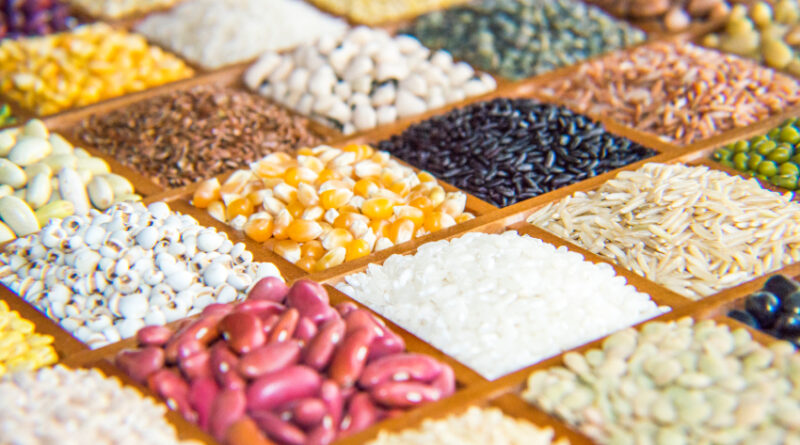Have sufficient stocks of pulses to cool down prices, says Centre
By Sanjeeb Mukherjee
The Centre is confident that it has enough pulses stocks in its warehouse to effectively intervene in the market to cool down prices even as it looks to rejig the two marquee schemes of price support and price stabilization fund to ensure better management of the inventories and procurement.
At present, the Price Stabilization Fund is operated by the department of consumer affairs while the price support scheme is run by the ministry of agriculture.
Both are meant to stabilize the price of essential commodities both for the farmers and also the consumer.
The Price Stabilization Fund(PSF) was established in 2014-15 under the ministry of agriculture to help regulate the price volatility of important agri and horticultural commodities like onion, potatoes and pulses were also added subsequently.
However, from April 1, 2016, the PSF was transferred to the department of consumer affairs.
The scheme provides for maintaining a strategic buffer of aforementioned commodities for subsequent calibrated release to moderate price volatility and discourage hoarding and unscrupulous speculation.
For building such stock, the scheme promotes direct purchase from farmers at farm gate or mandi.
The PSS or Price Support Scheme (PSS) is more than three decades old.
The ministry of agriculture is the nodal agency for operating the scheme.
Under it the government through a central agency undertakes procurement of agricultural commodities like pulses, oilseeds and copra at minimum support price to ensure adequate return to farmers.
The scheme is implemented in collaboration with the state governments.
PSS became part of the broader, PM-ASHAA scheme in September 2018.
PM-ASHAA comprises the Price Support Scheme, (ii) Price Deficiency Payment Scheme and (iii) Pilot of Private Procurement and Stockist Scheme.
Under the revised PSS, the overall quantity of procurement by the Central Government is restricted to 25 percent of actual production of the commodity for that particular season.
If any state intends to procure beyond 25 percent but to a maximum of 40 percent of production through Central agencies, then the quantity will be utilized by the State Government for its PDS and other welfare schemes at its own cost.
However, the Central government through an order issued in June 2023 removed the ceiling of 40 per cent for tur, urad and masur for the 2023-24 season to enable farmers to grow as much as they want to central agencies without the fear of prices dropping sharply on harvest.
Sources said now that both the PSS and PSF basically cater to the need of farmers to get a remunerative price and also shield consumers from excessive speculation.
A move has been initiated to bring PSF back into the agriculture ministry.
The Standing Committee of Parliament had also recommended a few months back bringing the PSF and PSS under one roof.
Meanwhile, on production, sources said that the government has started the process of pre-registering pulses farmers some months back ever since the 40 per cent ceiling was removed.
On pulses, stocks, sources said that Centre in the last four months starting from July has pumped in almost 1.3 million tonnes of chana into the market to cool down prices.
Sources said it is still left with around 1.8-1.9 million tonnes of chana with it out of the total 3.8 million tonnes of buffer to dispose of in the market to cool down prices as and when needed.
“We have sufficient gram stocks with us to intervene in the market to cool down prices as and when required,” a senior official remarked.
This article has been republished from The Business Standard.

